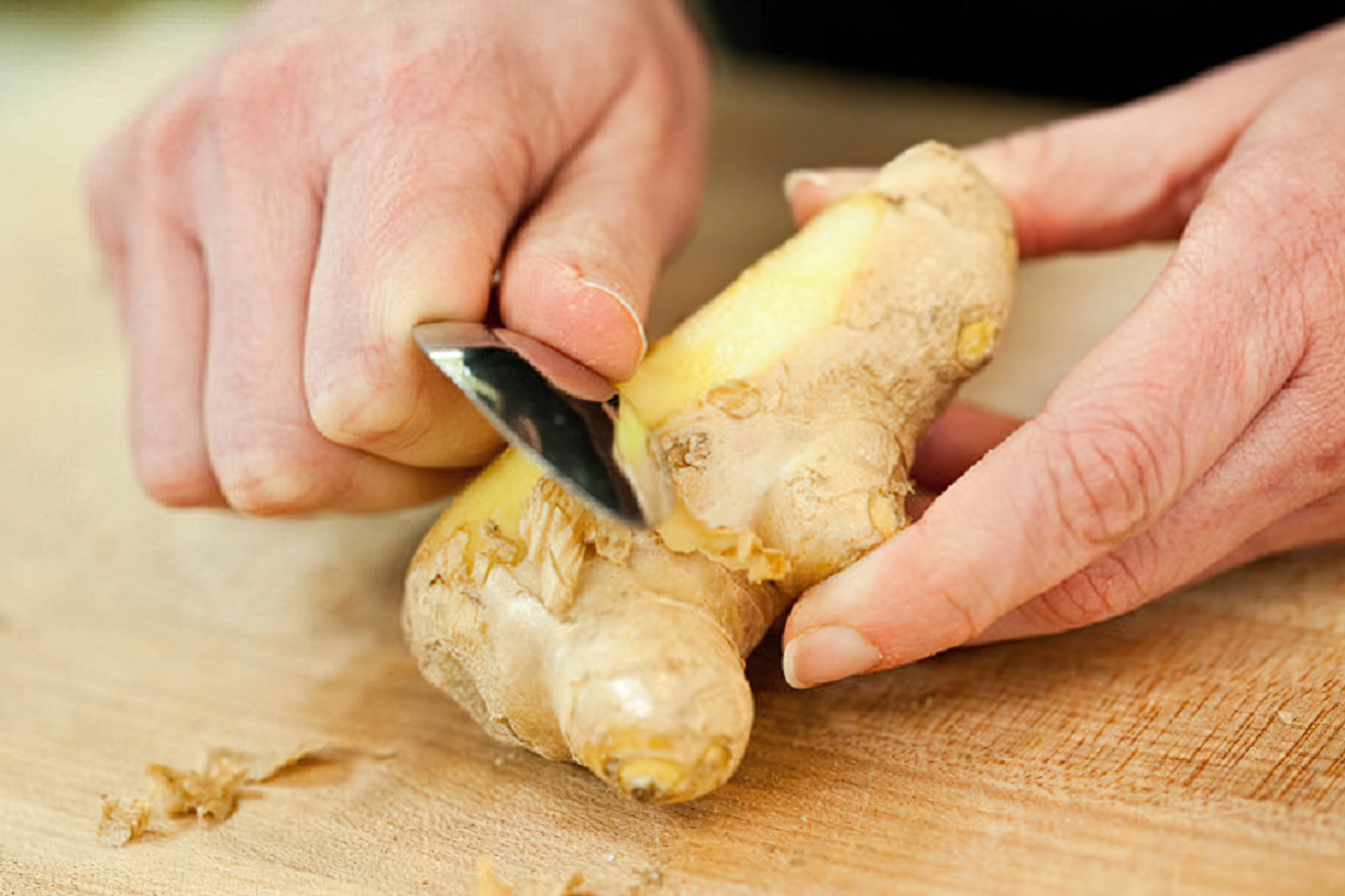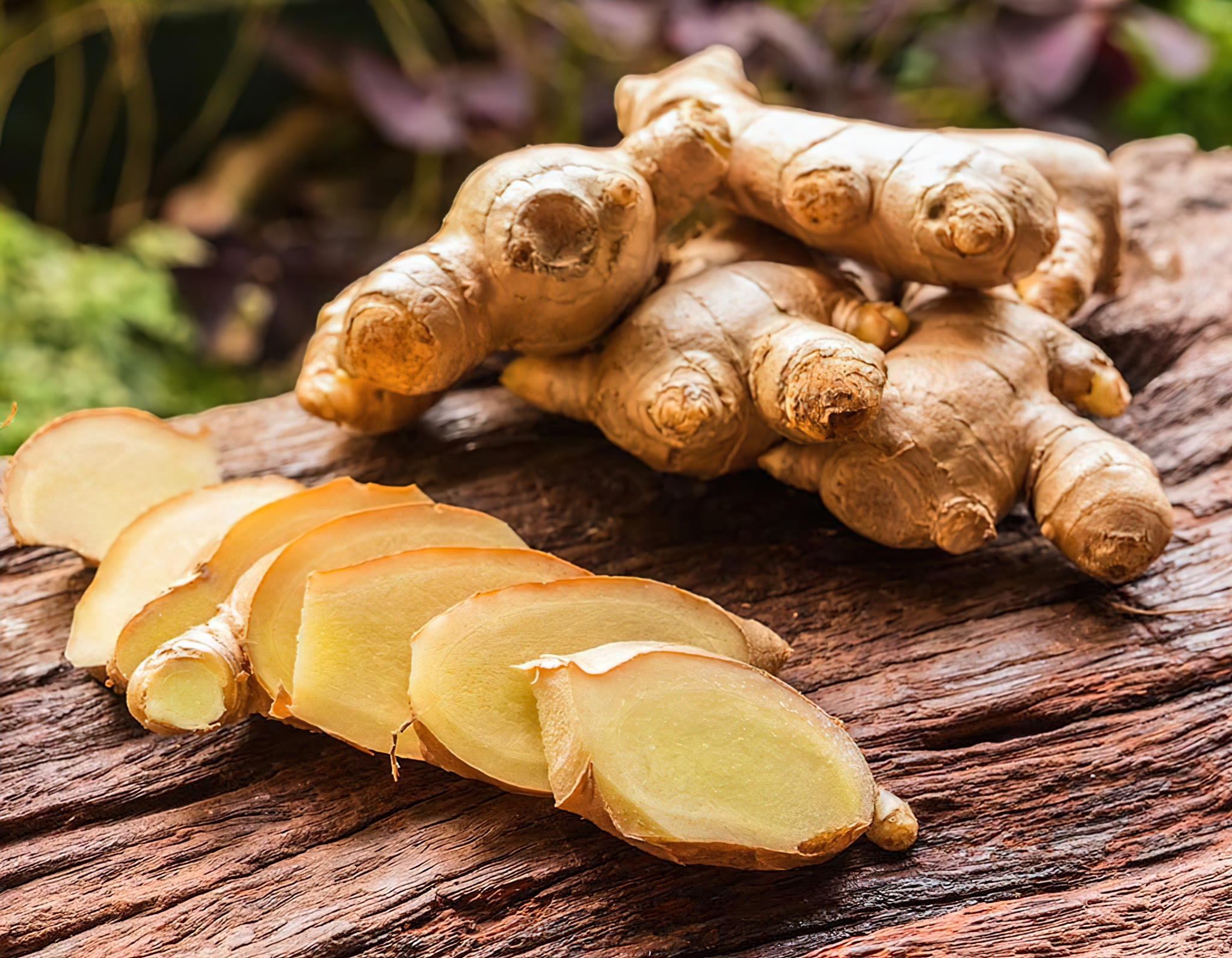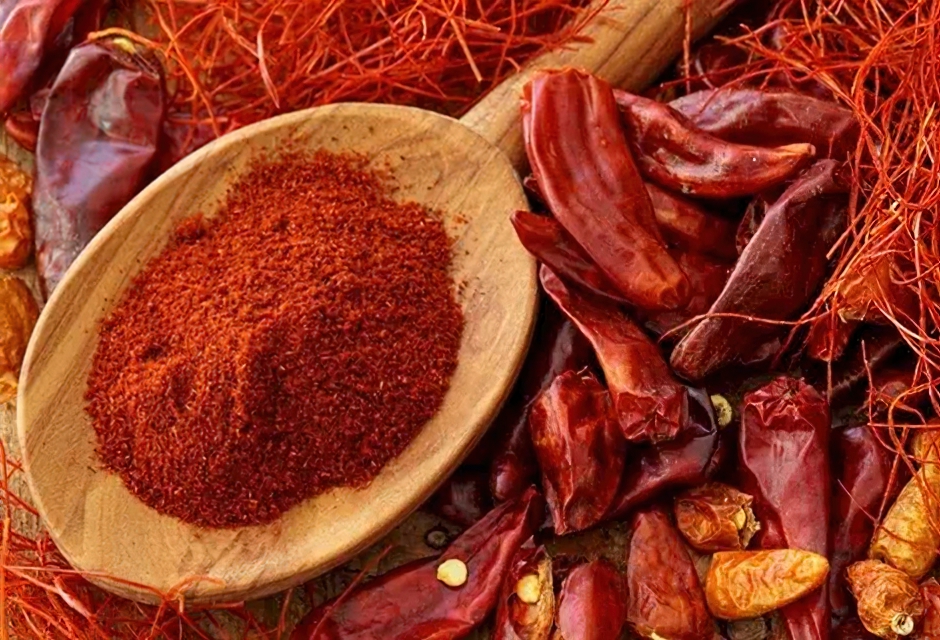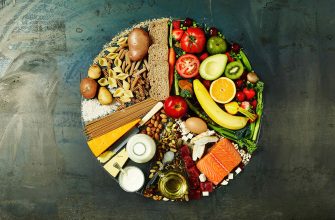The Magic of Ginger: A Nutritional Powerhouse and Culinary Delight!
Ginger, a distinctive spice treasured for its remarkable flavor and aroma, is also a nutritional powerhouse brimming with numerous health benefits. With roots in Southeast Asia, ginger has been utilized for thousands of years in traditional medicine to remedy various ailments. Its active compounds, gingerols and shogaols, deliver potent anti-inflammatory and antioxidant properties that promote overall well-being.
Discover Ginger’s Health Benefits: From Digestion to Mental Health
- Aids digestion: Ginger stimulates digestive enzymes, which facilitates food breakdown and alleviates bloating, gas, and indigestion. It also helps in the absorption of essential nutrients and supports a healthy gut microbiome.
- Fights inflammation: Ginger’s anti-inflammatory compounds may help reduce pain and swelling associated with arthritis, muscle soreness, and menstrual cramps, as well as decrease the risk of chronic inflammatory diseases.
- Boosts immunity: Ginger’s antiviral and antibacterial properties bolster the immune system in fighting off infections, making it a natural remedy for colds and flu.
- Relieves nausea: Consuming ginger can help mitigate morning sickness, motion sickness, and chemotherapy-induced nausea. It also shows promise in postoperative nausea relief.
- Supports heart health: Ginger may help lower blood pressure and reduce cholesterol levels, thereby decreasing the risk of heart disease and stroke.
- Enhances brain function: The antioxidants in ginger can protect against age-related decline in brain function and reduce inflammation in the brain, potentially lowering the risk of neurodegenerative diseases like Alzheimer’s and Parkinson’s.
- Regulates blood sugar: Some studies suggest that ginger can help regulate blood sugar levels, making it a potential ally for those managing diabetes.
Incorporating Ginger into Your Cooking: Flavorful Ideas and Recipe Inspirations
Ginger is a versatile ingredient available in various forms, such as fresh, dried, powdered, or as a juice. Here are some creative ideas for incorporating ginger into your cooking:
- Soups and stews: Add freshly grated ginger to your favorite soup or stew for a warming flavor boost. Try it in a hearty lentil soup or a rich coconut curry.
- Stir-fries: Toss in sliced ginger with your vegetables and protein of choice for a delicious, aromatic stir-fry. Consider pairing it with garlic, scallions, and a touch of sesame oil for an Asian-inspired dish.
- Smoothies and juices: Blend ginger with fruits and vegetables to create a nutrient-packed and refreshing beverage. Experiment with combinations like ginger, carrot, and apple, or ginger, pineapple, and spinach.
- Baked goods: Incorporate ground ginger into cookies, muffins, and cakes for a subtle, spicy kick. Classic gingerbread cookies or a moist ginger-spiced cake are sure to impress.
- Salad dressings and marinades: Mix ginger with other ingredients like soy sauce, honey, and lime juice for a flavorful dressing or marinade. Use it to add depth to a simple green salad or marinate your favorite protein before grilling or roasting.
- Teas and warm beverages: Boil ginger in water to make a soothing ginger tea or add it to hot milk with a pinch of turmeric for a comforting golden milk.
Storing and Preparing Ginger: Tips for Success and Longevity
To optimize your ginger usage, follow these storage and preparation tips:
- Store fresh ginger in the refrigerator, wrapped in a paper towel and sealed in a plastic bag, to maintain its freshness for up to three weeks.
- Freeze ginger to extend its shelf life and make grating easier. Simply grate or slice the ginger directly from the freezer when needed. 3. If using dried or powdered ginger, store it in an airtight container away from heat and light to preserve its flavor and potency.
- To prepare fresh ginger, first peel the skin using the edge of a spoon or a vegetable peeler. Then, grate, mince, or slice it according to your recipe’s requirements.
- Remember that ginger’s flavor can be quite potent, so start with a small amount and adjust according to taste.
Ginger Substitutions and Alternatives
If you don’t have ginger on hand or need to accommodate dietary preferences, consider these alternatives:
- Allspice or ground cinnamon can be used in place of ground ginger in baking recipes. Keep in mind that these substitutes will provide a different flavor profile.
- For a similar spicy kick in savory dishes, try substituting fresh ginger with a small amount of finely minced jalapeno or serrano pepper.
- Galangal, a close relative of ginger, can be used in some Asian-inspired recipes. However, its flavor is somewhat different, with a more pronounced citrus and pine note.
Ginger’s remarkable health benefits and versatility in the kitchen make it an essential ingredient for every home chef. By incorporating it into your cooking, you can elevate your dishes’ flavors and reap the numerous health advantages ginger has to offer. So, don’t hesitate to experiment with this incredible spice and explore new ways to enjoy its unique taste and health-boosting properties.

